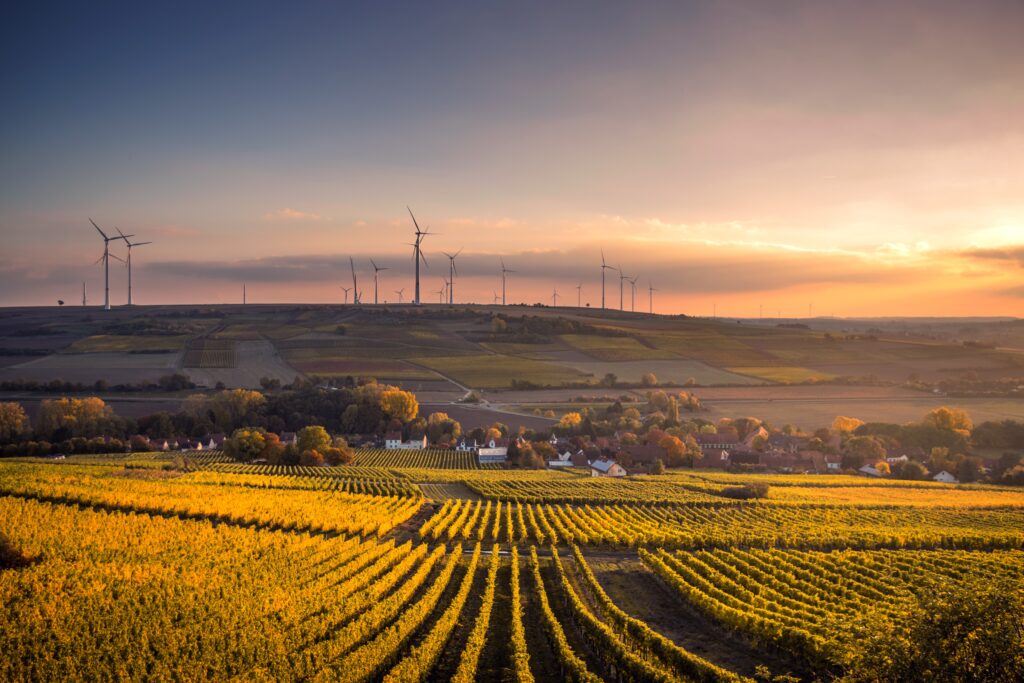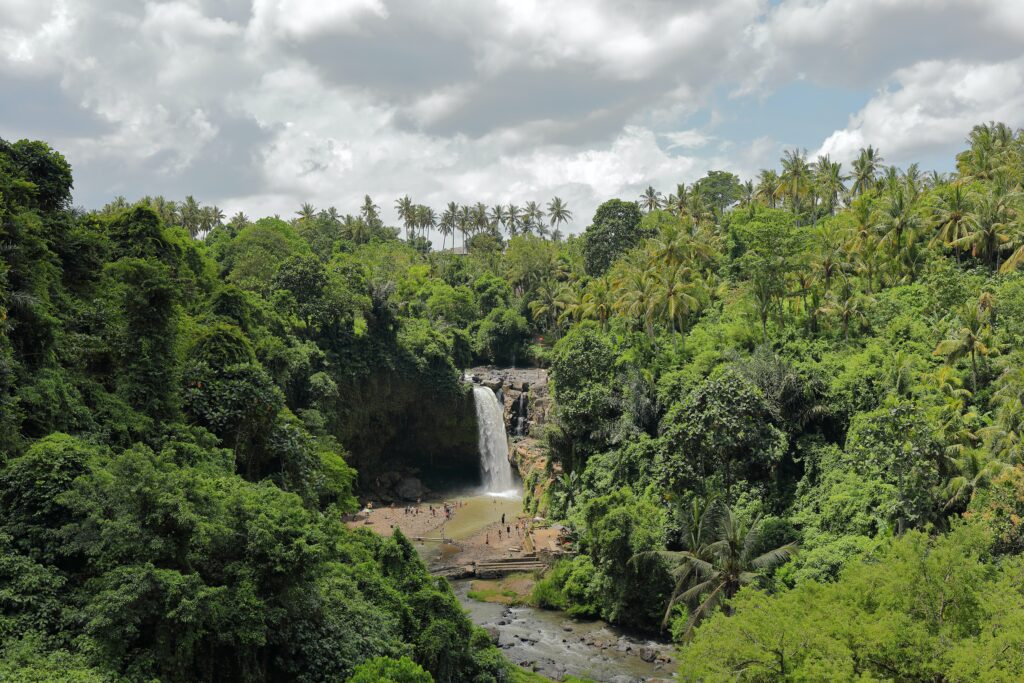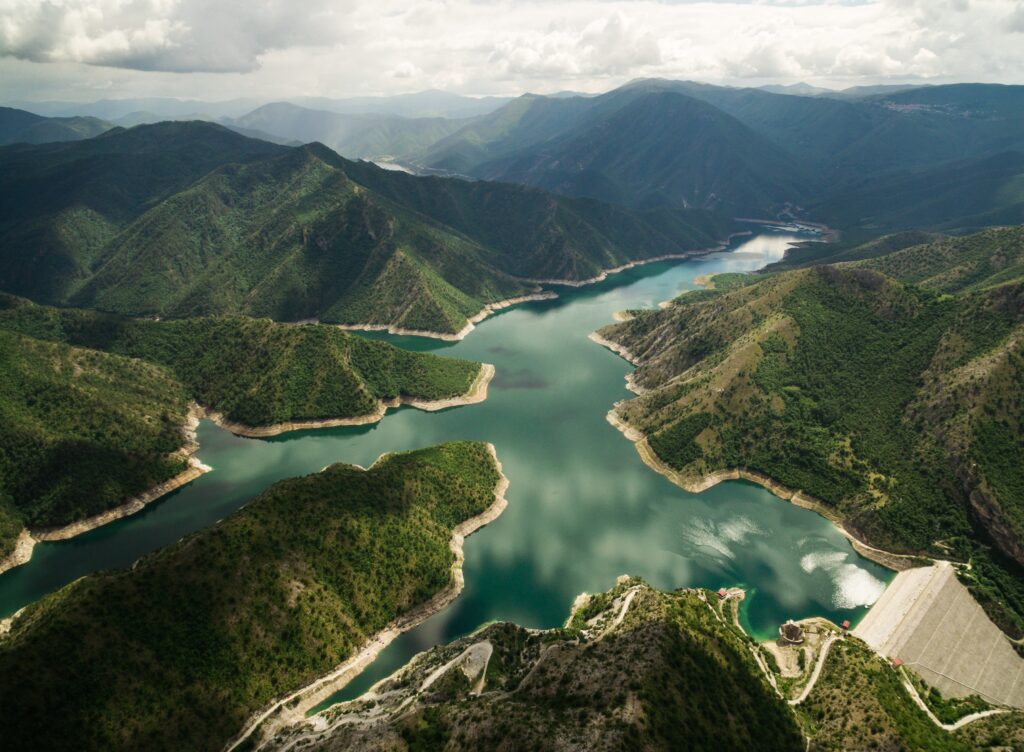Technological transformations open new opportunities and disrupt old patterns. Founded in 2006, Center on Global Transformation (CGT) provides a new framework for vanguard exploration of topics critical to analyzing and shaping the forces of economic change in a deeply interconnected, thoroughly dynamic world. CGT and its Pacific Leadership Fellows program focus on academic inquiry and policy analysis of international issues. CGT’s core mission is to: Foster and disseminate research that addresses global economic and technology transformation Develop and maintain a network…
SDG 6
Despite progress, billions of people still lack safe water, sanitation and handwashing facilities. Data suggests that achieving universal access to even basic sanitation service by 2030 would require doubling the current annual rate of progress. More efficient use and management of water are critical to addressing the growing demand for water, threats to water security and the increasing frequency and severity of droughts and floods resulting from climate change. As of the time of writing, most countries are unlikely to reach full implementation of integrated water resources management by 2030.
Recent research at the School of Global Policy and Strategy
The FABLE Consortium has released its 2020 Report on Pathways to Sustainable Land-Use and Food Systems. Explore the latest trends in food and land-use with the new ‘Scenathon’ dashboard. Visit the FABLE Consortium Explore Scenathon Read Report Overview FABLE is a global consortium with teams of scientists in 20 countries modeling land use to 2050 in an integrated framework. Land use and land use change accounts for 23% of GHG emissions globally, biodiversity loss is accelerating at alarming rates, and…
Morgan C. Levy
In the southern Amazon and northern Cerrado, deforestation has the potential to affect rainfall patterns by increasing land surface albedo, decreasing leaf area index, decreasing land surface roughness, and decreasing vegetation rooting depth. These changes can affect evapotranspiration and energy fluxes, resulting in altered rainfall patterns. Understanding changes in rainfall patterns in this region is important not only for sustaining Amazon and Cerrado ecosystems, but also for rainfed agriculture, hydropower generation, and drinking water management.
Teevrat Garg
Waterborne diseases are the leading cause of mortality in developing countries. This paper emphasizes a previously ignored cause of diarrhea – upstream river bathing. Using newly constructed data on upstream-downstream hydrological linkages along with village census panel data in Indonesia, the paper finds that upstream river bathing can explain as many as 7.5% of all diarrheal deaths
Morgan C. Levy
If a tonne of corn is grown in Illinois but consumed in China, is the water used to grow the corn used by the farmer in Illinois or by the consumer in China? This may come across as a philosophical or polemical question, but in an increasingly globalized world, answering this fundamental attribution question is of critical importance for addressing the issue of water resources sustainability. Two major frameworks – the freshwater planetary boundary and the water footprint – have emerged over the past decade to advance our understanding of the sustainability of global freshwater resources. The freshwater planetary boundary quantifies the volume of ‘blue’ water resources that humanity can withdraw and still remain within a presumed, safe ecological







